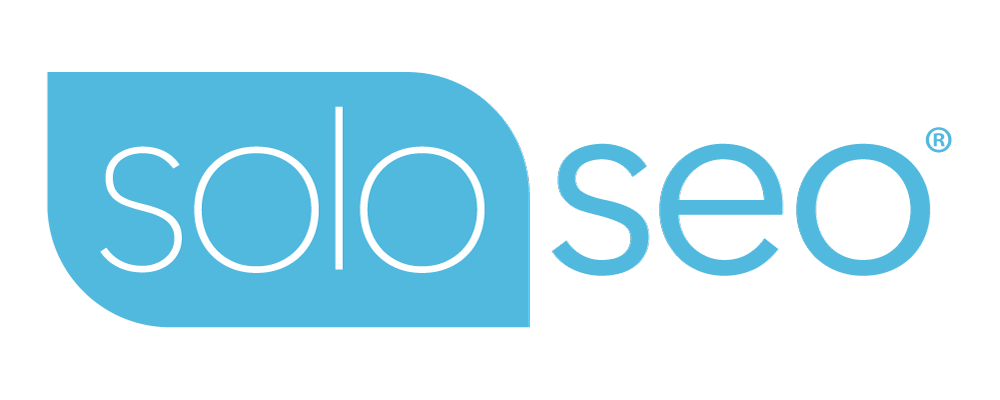 Much of a discussion on marketing can be broken down into what is termed “The Marketing Mix, or the 4 Ps” namely; Product, Price, Place, Promotion. Product being the service or product we sell, Price being the retail price a customer will pay for the product, Place being the locale where the product is purchased and Promotion being how we get our message out to the masses, and what we attempt to communicate in order to convince them to buy. The goal of a marketer then is to properly address the 4 Ps for their specific situation and to sell as many units of product as is potentially possible.
Much of a discussion on marketing can be broken down into what is termed “The Marketing Mix, or the 4 Ps” namely; Product, Price, Place, Promotion. Product being the service or product we sell, Price being the retail price a customer will pay for the product, Place being the locale where the product is purchased and Promotion being how we get our message out to the masses, and what we attempt to communicate in order to convince them to buy. The goal of a marketer then is to properly address the 4 Ps for their specific situation and to sell as many units of product as is potentially possible.
The online world is a bit of a different marketing animal. Some of the 4 Ps haven’t changed much, and others have. Our Product essentially remains the same. The Price is also not changed too much, although with increase access to information, and more access to online resellers, economists would expect at least a downward pressure on price, if not overall lower prices altogether. Place can also can be a bit different, while many of us may still have a store front, there are some small business owners who only sell their products online. So presently, we either sell both online, and through a brick and mortar store front, or we just sell online which is a new spin on “Place.” Finally we have Promotion, which in some cases is very similar to how we promote offline. Using banners and Ads on webpages. As an example, at the top right of Andy’s Marketing Pilgrim home page, we see ads prominently displayed to Andy’s thousands of visitors. This can be a very good online advertising option, as we are able to target clients who we can predict visit sites with a certain theme, and we have a degree of control on the content, color and message of our ad. Advertising our revolutionary new socks for example, on a site developed to provide marathon running tips to novice runners would predictably be a good advertising opportunity/match.
In online promotion we also have the opportunity to start an ad campaign and purchase ad space on search engine results pages. Both Yahoo and Google have programs for doing this. So if we search for “marathon running” in about any search engine, we will not only have organic or unpaid results, typically found in the center of the page, but we will also see a column of paid ads down the right hand, and sometimes even across the top of our results page. Again this type of advertising allows marketers to target potential clients they believe would be most interested in their product. However, these results page ads are frightfully limiting compared to other forms of both online and offline marketing. The ads all look the same in color and size, there are limitations on what can be stated, and on how many words can be used to get the message across. So it is much more difficult to really stand out through ads on a results page, I personally rarely look at these ads. Imagine driving down a Freeway with all the billboards having a white background, with an underlined blue heading (sometimes it may be bolded, wow!), black text of approximately 10 words, and a green URL link at the bottom, that’s it. Not many keen marketers would pay the billboard owners for such a poor advertising opportunity, but it may be a good way to get rid of all the billboards. Now, I am not a big supporter of billboards in the first place, in fact, they don’t make much sense to me at all. It has nothing to do with whether they work or not from a marketing perspective, I just don’t understand why we want these colorful distractions taking the attention of drivers moving along at 70 mph, with other distracted drivers all around them. It seems smarter to keep all the attention focused on the road, hey, maybe billboards painted right on the road? And don’t tell me these billboards are mainly for the car passengers, the HOV lanes around the country prove there aren’t many passengers in all those cars.
Anyway, to make standing out or ranking well on search engines results page even seems more difficult, when we learned earlier this summer from Google’s Udi Manber, that 25% of all search queries are brand new, and never have been used previously. So how to do we target those evolving clients?
In this apparent increasing difficulty in search engine marketing, we should really be seeing an opportunity to become specialists at anticipating the keywords our clients will use to find what they need. I see a very interesting research project here. It would be cool to analyze the behavior of a test group when they are all given the same, random items to search for online. It would be amazing to see how each would construct their query to best find what were looking for. It is this intellectual process we need to focus upon as online marketers and small business owners, how potential clients are conjuring up their searchers, what is the basis of their search, how do current events and trends influence their queries? With these questions in mind, creation of new keyword phrases will keep things fresh and relevant. We need to remember that due to the thousands of pages thrown on the Internet each day, the process of search has become quite different and more complex. Many of us understand that our searches need to be more detailed in order for us to truly find what we want, quickly. Searchers actually use long-tailed, localized keyword searches to get around the garbage Wikipedia like pages, and the miserable “informational” websites only created to rake in Adsense revenue. My average search queries are now at least 5 words, and usually contain a localization aspect to them.
So if we are mindful that 25% of search queries are new, and potential clients are using longer and longer tailed searches to find what they need, then we understand our creative juices really need to get flowing to benefit from the new long-tailed keywords trend. And we need to be addressing these long tail keywords possibilities for all our sites on a regular basis. Whether we create a new web page, change some product descriptions, or add a blog post using our new keyword phrases, it needs to be done. It is actually quite amazing how quickly one can rank number 1 when the keyword phrases used are unique and well placed. And many will be surprised when some of these phrases not only start bringing in new clients for the specific phrase, but also start ranking well for just portions of the original long-tail phrase originally created.



